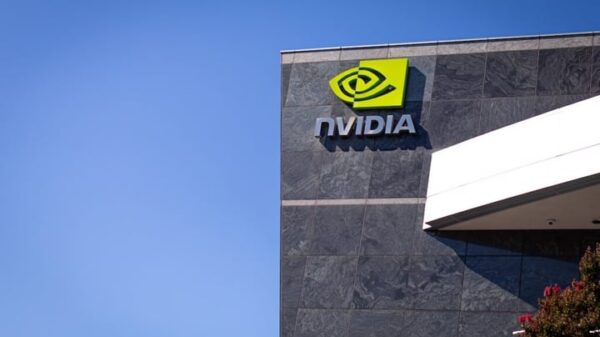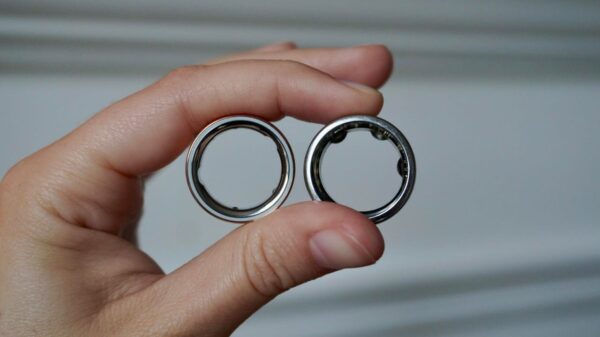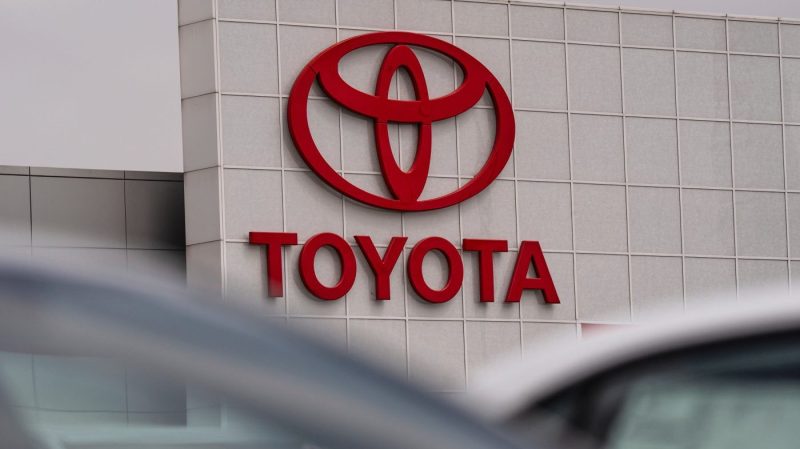According to the latest study from iSeeCars, Toyota has emerged as the leading brand for producing the longest-lasting vehicles. The analysis indicates that, on average, Toyotas possess a remarkable 17.8% predicted chance of reaching at least 250,000 miles. The brand’s reputation for durability is bolstered by its popular models, including the 4Runner, Sequoia, Tacoma, and Tundra. Even its sedans and hybrids, such as the Avalon and Prius, consistently rank highly in the annual longevity study.
Following Toyota is its luxury division, Lexus, which secures the second position in the rankings. The study also highlights Honda and its luxury counterpart, Acura, as the only other brands exceeding the industry average of 4.8%. These brands demonstrate a significantly better likelihood of producing vehicles that can endure the test of time.
Karl Brauer, Executive Analyst at iSeeCars, noted, “Japanese cars have a well-earned reputation for high quality and durability. After examining the lifespan data from over 174 million vehicles, we can confirm that Toyota, Lexus, Honda, and Acura have a superior chance of reaching 250,000 miles.”
Detailed Rankings of Long-Lasting Brands
The rankings reveal that only four brands surpass the industry average, with Toyota leading by a wide margin. Most manufacturers fall below this average, indicating that achieving longevity is a challenge for many. Notably, brands like GMC, Tesla, Chevrolet, and Cadillac are close to the average, with only a 0.2% to 0.3% gap from the benchmark.
The comprehensive list is as follows:
– **1. Toyota**: 17.8% (3.7 times the average)
– **2. Lexus**: 12.8% (2.7 times the average)
– **3. Honda**: 10.8% (2.3 times the average)
– **4. Acura**: 7.2% (1.5 times the average)
– **Overall Average**: 4.8%
– **5. GMC**: 4.6% (1.0 times the average)
– **6. Tesla**: 4.6% (1.0 times the average)
– **7. Chevrolet**: 4.5% (0.9 times the average)
– **8. Cadillac**: 4.5% (0.9 times the average)
– **9. Mazda**: 3.6% (0.7 times the average)
– **10. Ram**: 3.5% (0.7 times the average)
– **11. Lincoln**: 3.4% (0.7 times the average)
The study emphasizes the rigorous engineering and design required to produce vehicles capable of lasting 250,000 miles. “While modern advancements have enhanced the lifespan of vehicles, reaching this milestone remains a high bar for most automotive brands,” Brauer added.
Focusing on Non-Luxury and Luxury Segments
The analysis also identifies the longest-lasting non-luxury and luxury brands. Among non-luxury vehicles, only Toyota and Honda outperform the average of 5.1%. The complete non-luxury rankings are:
– **1. Toyota**: 17.8% (3.5 times the average)
– **2. Honda**: 10.8% (2.1 times the average)
– **3. GMC**: 4.6% (0.9 times the average)
– **4. Chevrolet**: 4.5% (0.9 times the average)
– **5. Mazda**: 3.6% (0.7 times the average)
In the luxury segment, the likelihood of reaching 250,000 miles averages at just 3.2%. Lexus and Acura lead this category as well, with additional brands such as Tesla, Cadillac, and Lincoln also performing notably. The luxury rankings are as follows:
– **1. Lexus**: 12.8% (4.0 times the average)
– **2. Acura**: 7.2% (2.3 times the average)
– **3. Tesla**: 4.6% (1.4 times the average)
– **4. Cadillac**: 4.5% (1.4 times the average)
– **5. Lincoln**: 3.4% (1.1 times the average)
Brauer explained that the lower likelihood of luxury cars reaching 250,000 miles often reflects their usage patterns rather than manufacturing quality. Luxury vehicles tend to be driven less aggressively, with time being a more significant factor in their longevity.
For consumers prioritizing durability in their vehicle purchases, these rankings offer valuable insights. While longevity is just one factor to consider when selecting a car, truck, or SUV, it remains a crucial element for buyers intending to keep their vehicles for an extended period.
The methodology used by iSeeCars involved analyzing data from over 174 million cars. By calculating average odometer readings at various yearly intervals, the study developed a proprietary model to estimate the probability of vehicles surviving to different mileage thresholds. This comprehensive approach ensures that popular models are weighted more heavily, providing a realistic perspective for consumers.
As the automotive market continues to evolve, understanding which brands produce long-lasting vehicles can guide buyers in making informed decisions.







































































